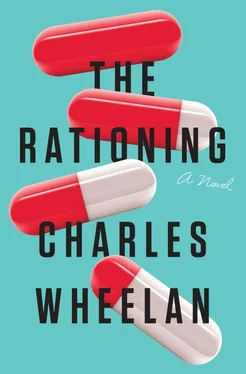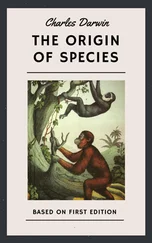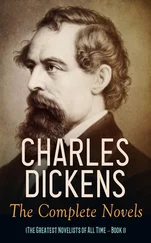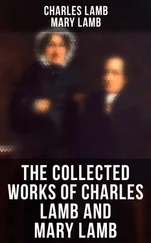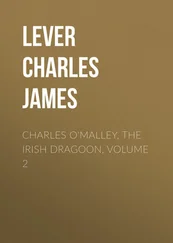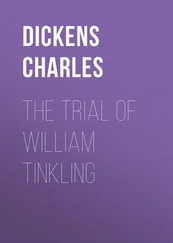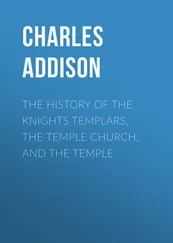I found it all thrilling. The disappointment that we could not ward off the crisis with a scientific miracle had given way to the realization—valid, I still believe—that we had been part of a successful team effort. We were watching history, like being at Cape Canaveral when the moon shot was launched. The 747 taxied into position, the huge Indian and American flags on the fuselage gleaming brightly in the afternoon sun. Was that choreographed, or was it just luck? In any event, the perfectly illuminated flags provided an idyllic backdrop for the subsequent photos. A Marine band struck up a tune, something I could not identify but that felt vaguely familiar. The staircase was wheeled into position as the jet door popped open. The Prime Minister appeared and waved jauntily to the crowd.
The President walked to the bottom of the stairs, leaving the First Lady (wearing her wedding ring once again) and the others in the welcome party behind. The Prime Minister descended slowly, pausing about halfway to give a crisp salute in the direction of the Marine color guard standing at attention on the tarmac. The President, almost instinctively, began to climb the stairs so that the two men met on the second step. The Prime Minister extended his hand, which the President grasped, pulling the Prime Minister into an embrace, almost like two children. This was the photograph broadcast around the world: the two leaders locked in a bear hug. The Prime Minister was looking over the President’s shoulder, beaming at the adoring crowd. The President had closed his eyes in an expression that looked like profound relief. [32] This photo would win the Pulitzer Prize that year for Best Spot News Photography.
Two politicians. Two statesmen, I suppose, though even now I would be hard-pressed to explain the difference. “I’m very glad to see you,” the President whispered to the Prime Minister, who laughed heartily.
“It’s good to be here,” the Prime Minister replied. “Yes, it’s good to be here,” he repeated. “And how are you doing, Mr. President?”
In a moment of candor—one elected head of state to another—the President of the United States replied, “I’m very tired.”
THE FOLLOWING EVENING THE PRESIDENT HOSTED A DINNER at the White House for the Indian Prime Minister. It was not an official state dinner. The exact protocol of that was lost on me, other than it meant I could wear a suit rather than having to rent a tuxedo. The guest list included White House officials, the Washington diplomatic corps, a handful of CEOs, prominent members of the Indian-American community, and an array of celebrities, including some Indian film stars. I took Ellen as my guest—I figured I owed her that much—though I spent much of the evening talking to Jenna. We would start dating several weeks later. Giscard was there, of course; he spent most of his time hitting on an Indian film star. I could not say that I had come to like him, but I had grown to appreciate his force of personality. He was wearing a burgundy suit with a matching scarf—always the scarf. Who else could pull that off?
The Chief of Staff was there with her entire family: her husband and two daughters. The daughters looked like they would rather be anywhere else. At one point I watched the Chief of Staff tell the older one to put her phone away, which apparently prompted some snippy response, because the two of them argued briefly before the daughter went storming off, high heels wobbling slightly, as only a teenager (in the wrong) can manage. I found the whole scene oddly reassuring, even sweet. It made me feel like life was back to normal.
There were elaborate toasts before dinner. By then the Indian Dormigen had been distributed across the country with relatively few hiccups. The American supply would be back online in hours. The crisis was unequivocally over. “This is the beginning of a new chapter in American-Indian relations,” the President declared in his toast. I had been around him enough to know when he was being sincere and when he was going through the motions. This felt genuine to me, not least because the world is a dangerous place and I had been persuaded that the world’s most powerful democracy and the world’s most populous democracy ought to be close allies.
The Strategist was there, basking in the success of the fake polling that had set the India strategy in motion. “I got it wrong,” he said with false modesty (to the small group who knew about this activity). In fact, the Prime Minister’s heroic flight to the U.S. had been even more popular than the Strategist’s fictional polling had suggested: 91 percent of Indians supported the Dormigen donation to the U.S.; 83 percent felt relations between the two countries should be closer. I said hello to the Strategist and exchanged pleasantries. “What do you think of my date?” he asked, nodding toward a large-breasted woman in a very short dress who had to be at least twenty years younger than he was. “She’s a professional,” he said with a wink. I had no idea what to say. I think he was telling the truth.
The menu was vegetarian out of respect for the Indian vegetarians among the guests. The centerpieces were made of lotuses, the national flower of India. (I did not notice this detail; someone pointed it out to me.) I was amazed by what had been pulled together in thirty-six hours. The President had nothing to do with the planning, obviously. There was an entire White House office for this kind of thing: flowers, food, seating arrangements, protocol. The President did make one specific request for the evening: the Speaker of the House and the Chinese Ambassador were seated next to one another. I could not help but look at them as they sat there glumly all night.
We would eventually unravel the mysteries of Capellaviridae —and of lurking viruses more generally. It would take more than a year for the pieces to fall into place, with many significant discoveries along the way. To the surprise of no one, Giscard was the lead author on the article that wove the intellectual strands into a coherent theory, though I think he deserved the credit for this one. In the end, we confirmed most of what we had hypothesized in the early days. Over the course of many millennia, the North American dust mite had turned Capellaviridae into an instrument for its own survival. The dust mite bite transmits the indolent form of Capellaviridae , which is essentially a flu virus with antibodies pre-attached. Eventually, as the indolent virus replicates, the proteins that render the virus harmless begin to detach, creating the more virulent form of the pathogen. Unless… more dust mite bites . Each bite transmitted more Capellaviridae —benign—as well as an enzyme that destroyed any of the viruses that had turned virulent. In other words, the best cure for a North American dust mite bite was more bites. That is how the dust mite made itself invaluable to humans.
“Fantastic!” Professor Huke exclaimed as I walked him through what we had learned. He had invited me to campus for a lunch with students. From an evolutionary standpoint, what we had discovered was fantastic. And it was consistent with the theory I first formulated while sitting at my dining room table: The North American dust mite effectively holds its human hosts hostages; as long as I’m fine, you’re fine . When humans tried to eradicate the dust mite, or when they moved away to an area without them (which from a biological perspective was the same thing), Capellaviridae turned dangerous.
Our discoveries paved the way for other important work. The enzyme the dust mite uses to eliminate the virulent form of Capellaviridae has enormous medical value. It is essentially a targeted assassin, which may transform some kinds of cancer treatment. Meanwhile, our “wiki science” has become a template for how cutting-edge research ought to be shared. We are now using more sophisticated platforms than Google Docs, and there is recognition that peer review is still an essential tool for validating work, but our Capellaviridae “war room” demonstrated the power of openness and collaboration. Last year the National Academy of Sciences promulgated a set of standards for sharing scientific work in parallel with the peer review process.
Читать дальше
